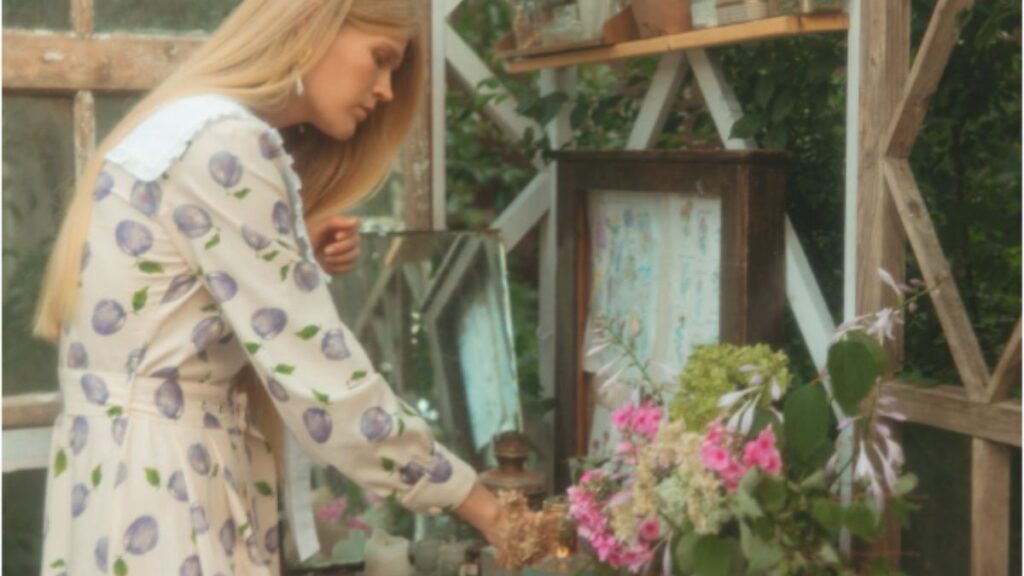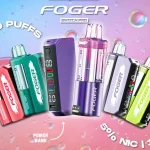When it comes to enhancing your garden or backyard, one of the best additions you can make is a garden shed. Not only does it provide additional storage space, but it can also improve the aesthetic of your outdoor area. Whether you’re looking for a place to store tools, and gardening supplies, or create a workspace, choosing the right shed is essential for both functionality and design. Here are some tips to help you choose the perfect garden shed for your needs.

Determine Your Storage Needs
Before selecting a garden shed, assess what you need to store to ensure you choose the right size and design. Consider whether you’ll be storing just basic tools or larger equipment like lawnmowers, bicycles, or seasonal furniture. If you anticipate future storage needs, opt for a slightly larger shed to accommodate growth. As you shop outdoor products and explore garden options, make sure to choose ones that are durable and reliable. Taking time to determine your storage needs will ensure your shed remains functional and clutter-free for years to come.
Consider the Location
Another important factor to consider is the location of your garden shed. Take note of the space available in your garden and choose a spot that is accessible, level, and free from potential hazards like large tree roots or waterlogged areas. Ensure the shed is placed on stable ground, as an uneven foundation can cause structural issues over time. Also, consider how the shed will blend with your existing landscape. It should complement your garden design and not look out of place.
Select the Right Material
Garden sheds are made from various materials, each with its benefits and drawbacks. The most common materials are wood, metal, and plastic.
Wooden Sheds: Wooden sheds are often chosen for their aesthetic appeal and natural look. They can be customized with paint or stains to match the surrounding environment. However, they require more maintenance, as wood can be prone to rotting and pest infestation if not treated properly.
Metal Sheds: Metal sheds, usually made from galvanized steel, are durable and secure. They are resistant to the elements, making them a good option for areas with extreme weather. Metal sheds are low maintenance but can be prone to rust over time, so it’s important to look for a high-quality finish to ensure longevity.
Plastic Sheds: Plastic sheds, made from durable resin or vinyl, are lightweight, affordable, and resistant to rot, rust, and pests. They require little maintenance and are easy to assemble. However, plastic sheds can be less aesthetically pleasing and may not be as sturdy as metal or wood.
Check for Durability and Weather Resistance
Your garden shed will be exposed to various weather conditions, so it’s crucial to choose one that can withstand the elements. Look for materials that offer durability and weather resistance. For example, pressure-treated wood can help prevent rot and termites, while galvanized steel and resin offer excellent protection against rain, snow, and UV rays. If you live in an area with extreme weather, consider additional features like reinforced walls or a strong foundation to prevent damage.
Consider Security Features
If you plan on storing valuable tools or equipment in your shed, security is an important factor to consider. Opt for a shed with strong doors and a reliable locking mechanism to prevent unauthorized access. Metal sheds, in particular, offer better security as they are more difficult to break into compared to wooden or plastic sheds. You may also want to install additional security measures such as motion-sensing lights or an alarm system to protect your shed.
Think About Style and Design
A shed can be more than just a practical storage space; it can also enhance the look of your garden. Consider the design of the shed for your existing outdoor decor. If you have a traditional garden, a wooden shed with a charming cottage design may suit your space. If your garden has a modern aesthetic, a sleek, metal shed with clean lines might be a better fit. Additionally, consider the color of the shed, as it should complement the surrounding plants, trees, and outdoor features.
Ensure Proper Ventilation
Proper ventilation is essential to prevent moisture buildup inside the shed, which can lead to mold and mildew. Look for a shed with built-in vents or windows to allow air to flow freely. This is particularly important if you plan to store gardening tools, equipment, or even outdoor cushions, which can become damp if trapped in a non-ventilated space. Ventilation also helps to keep the shed cooler in the summer months, ensuring that your tools and equipment are stored in optimal conditions.
Choosing the perfect garden shed is an investment in your outdoor space’s functionality and aesthetics. By considering your storage needs, material options, location, and other key factors, you can find a shed that will serve you well for years to come. With the right shed, you’ll enjoy a more organized and visually appealing garden.







